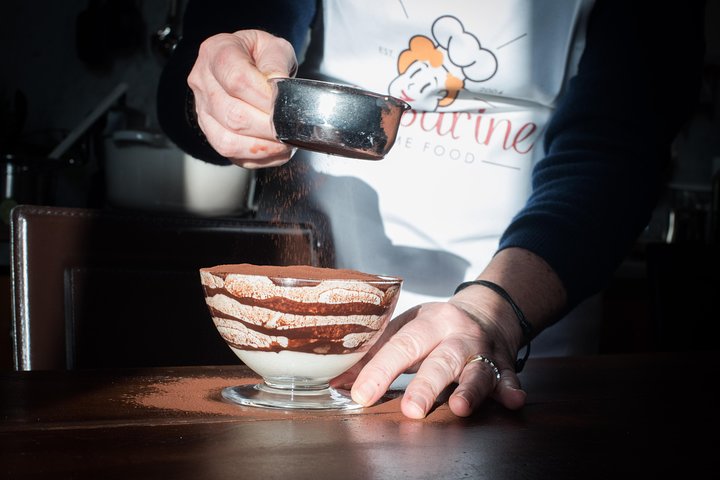
Nestled in the heart of Piedmont, Asti is a hidden gem that offers a delightful blend of history, culture, and gastronomy. This charming town is renowned for its stunning medieval architecture, including the majestic Asti Cathedral and the iconic Torre Troyana. Wander through the cobblestone streets and you’ll discover a plethora of quaint shops, cafes, and wine bars, each offering a taste of the region’s rich heritage. For a truly immersive experience, don’t miss the chance to enjoy a home-cooked meal with a local family, where you can savor traditional Piedmontese dishes and witness the art of show cooking. Whether you’re a history buff, a foodie, or simply looking to soak in the local atmosphere, Asti promises an unforgettable adventure.
Nestled in the heart of Piedmont, Asti is a hidden gem that offers a delightful blend of history, culture, and gastronomy. This charming town is renowned for its stunning medieval architecture, including the majestic Asti Cathedral and the iconic Torre Troyana. Wander through the cobblestone streets and you’ll discover a plethora of quaint shops, cafes, and wine bars, each offering a taste of the region’s rich heritage. For a truly immersive experience, don’t miss the chance to enjoy a home-cooked meal with a local family, where you can savor traditional Piedmontese dishes and witness the art of show cooking. Whether you’re a history buff, a foodie, or simply looking to soak in the local atmosphere, Asti promises an unforgettable adventure.
























































